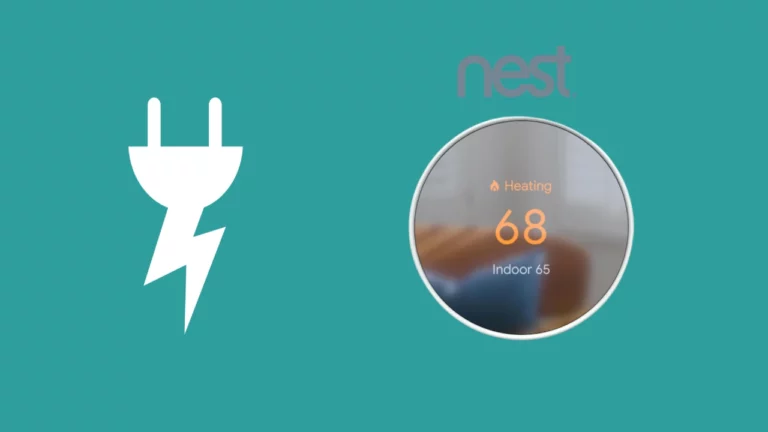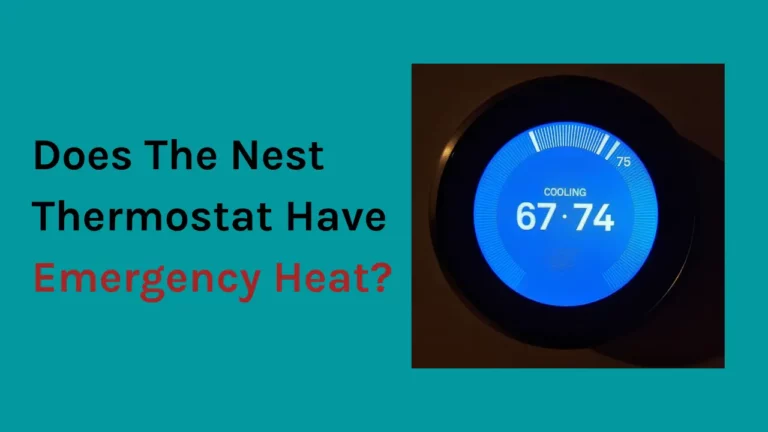Nest thermostat takes the crown when it comes to the most advanced features and most simplistic functioning. It is effortless to set up and use, and you can quickly fix most errors and flaws.
Nonetheless, you may face errors that confuse you, like the error E73, which causes a message to flash across the screen reading ‘no power to Rc wire detected.’ The screen turns black, and the house cooling feature doesn’t function.
When I encountered the problem a few days back, I still needed to learn what it was and how can I fix this.
Therefore, I contacted a local HVAC technician and did my research to find out the reasons and solutions to this problem. (If your Nest Thermostat battery is low, check this guide)
To ensure that other Nest users have information at their fingertips when they face such an issue, here I am listing down all of it.
In short, if your Nest Thermostat says there is no power to the RC wire, this could be due to: incorrect wiring, a faulty air filter, obstructed drain tubes/drip pans, and an inoperative HVAC fuse.
So, you will find answers to all your questions about why your Nest thermostat could not detect power to the RC wire and how to get your Nest thermostat back up and running.
What Causes the Nest “No Power to RC Wire Detected” Issue?
Nest has been delivering technology that makes living easy for years, and thermostats are yet other devices that do it for us.
Their machine algorithm learns our behavior, changes house temperatures automatically and helps us save utility bills, and lets us control our home heating and cooling system from our smartphones.
But, a Nest thermostat could occasionally cease functioning and show the messages “lost power” or “no power to RC wire detected.”
For a few days, I grappled with the same problem, and when I surfed the internet and couldn’t find something comprehensive and helpful, I had to call an HVAC technician.
He not only informed me of the potential reasons that generally cause this E73 error called but also gave me troubleshooting hacks for the next time.
Reasons For Nest No Power To RC Wire- E73 Error
If you are getting a message displaying E73 or the ‘no power to Rc wire detected,’ there may be several potential causes for this error on your Nest thermostat.
Here are the reasons that cause this error issue: (1)
- The voltage reaching the Rc wire is low.
- The drip pan of the HVAC system is filled.
- The HVAC system has clogged drain pipes.
- The fuse between the HVAC system and the thermostat device is blown.
How To Fix Nest Thermostat No Power To RC Wire?
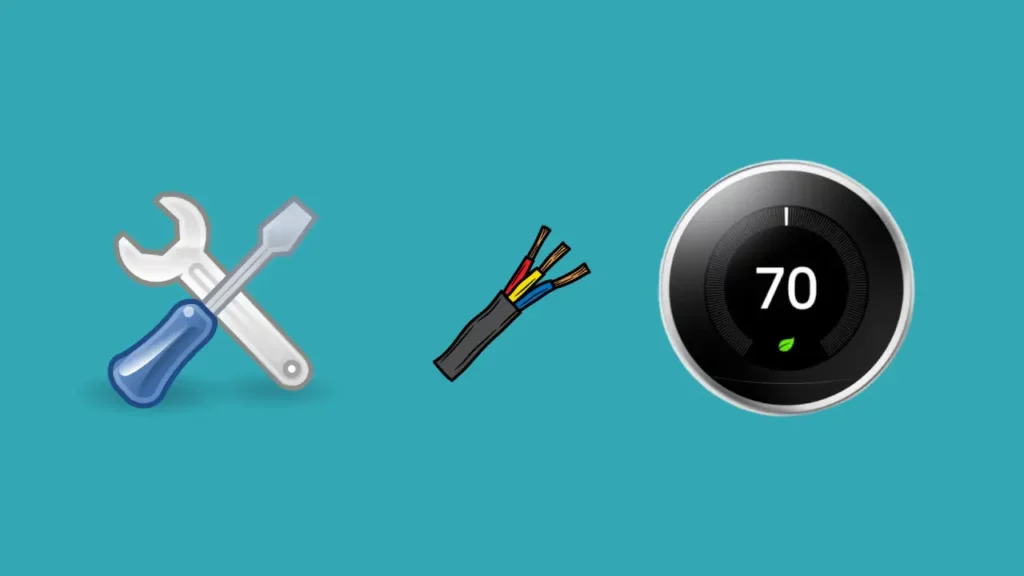
Check The Thermostat Wiring
Incorrect wiring or unstable connections are the most frequent problems that result in the E73 error. To confirm whether your thermostat wiring is faulty, you must deface your device and inspect the wiring. (2)
Here are the steps to resolve this issue:
- Disconnect the electrical supply to your HVAC system by shutting off your breaker. Depending on the circuit, your HVAC system may have several breakers. Make sure they are all turned off.
- Remove the display from the base to see all the wires attached to your thermostat. Change the thermostat to the heat-only mode by disconnecting the Rc wire while leaving the other cables connected.
- Check the Rc wire after you pull it out of the circuit. Remember that there should be at least 1 mm of bare copper in the wire; the wire should be straight and, in no case, painted over or rusted.
- Examine the Rc wire using a voltmeter to ensure the voltage across the wire is constant. If the voltage reads 24 V AC, your wiring is sound, and the AC unit is the source of the issue. This frequently happens when the summer months are hotter, and more AC systems break down.
- Ensure that the connector button is still pushed when re-inserting the Rc wire into the Nest connector.
- Switch on your breaker now to restore electricity to your thermostat.
- Reinstall the Nest thermostat in the base, then allow a little time for it to restart.
Check Air Filter
Your HVAC system must maintain appropriate circulation to operate, and a clogged air filter can significantly reduce the amount of air passing through the cooling coils, resulting in the system’s automatic shutdown and buffering.
A blocked air filter is a significant and frequent problem that causes E73 errors for several users.
To check whether your HVAC system has a clogged filter or not and how to troubleshoot Nest thermostat, follow the steps below:
- Find the system’s air filter, typically hidden behind a grate along the walls. You could also find the air filter within your furnace; in this case, you’ll need to shut off the electricity at the breaker first.
- Clean or replace the filter if it’s blocked or unclean.
- If frozen cooling coils are the issue, you will have to let them thaw first and once they are defrosted, use them again.
I recommend changing filters once every 90 days to avoid these problems.
Check Drain Tubes/ Drip Pan is full
Your HVAC system contains a drip pan or drain tube used to remove and carry condensed water from the HVAC system; it sometimes can become clogged if not maintained regularly. If the drains are clogged, water will fill the pipes and may result in an overflow,
To avoid a water overflow, your heat pump systems or the air conditioner may switch off in this situation.
As a result, your Nest thermostat won’t get electricity from your HVAC unit system, which may result in the E73 error being shown.
You can follow these procedures to fix this problem:
- Pull down the switch at the breaker box to cut electricity to the HVAC system. Ensure all breakers are turned off if the system has numerous ones.
- Find the cooling coils by consulting your HVAC system’s user manual or the internet for directions. Only remove the panel yourself if the cooling coils are hidden behind a sealed one; otherwise, the system might function correctly.
- Plastic drain tubes often link the drip pan and the cooling coils. Confirm that the drip pan is dry and verify that the drip tube is not blocked. If you do discover water, it suggests that there could be a blockage.
- Additionally, keep an eye out for any evidence of water damage, such as rust, which might point to previous water contact. To receive assistance with clearing your blocked drip, consult the water guide in your HVAC system or online.
If You are facing E74 Error on Nest Thermostat, Check our Post "Nest Thermostat No Power To RH Wire (E74 Error): How To Fix"
Check For The Blown Fuse in the HVAC System
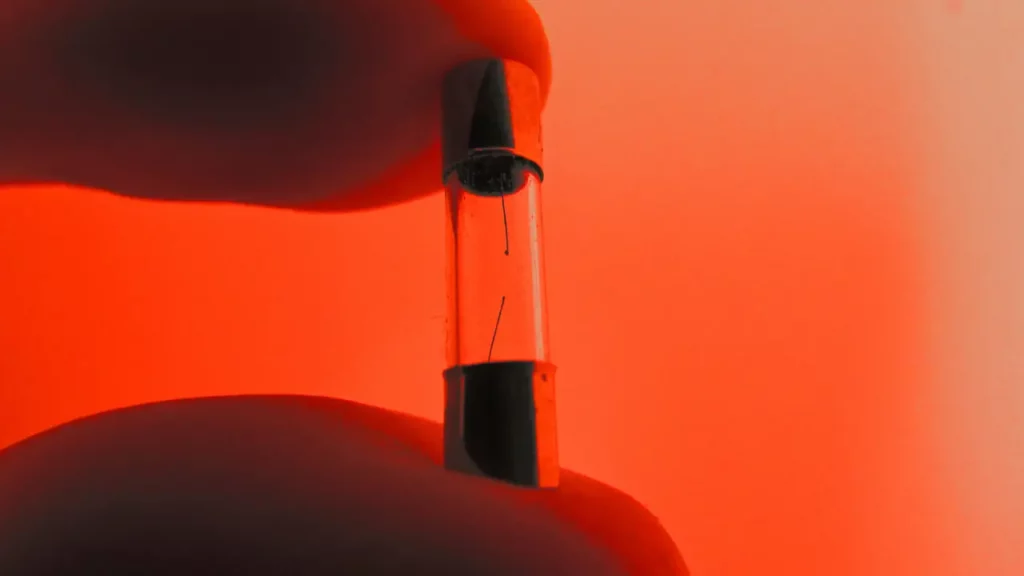
Your air conditioner typically needs to work harder when it’s humid outside. So, in summer, the power supply from your HVAC system to your Nest thermostat may occasionally be cut off, causing your fuse wire to melt.
The blown fuse prevents electricity from flowing from the HVAC system to the thermostat.
Given below are the steps to address a blown fuse wire issue:
- Shut off the breakers to prevent electricity flow to the HVAC system.
- Find the HVAC fuse on the control board for the HVAC system. Use your owner’s manual as a guide if you need help finding it.
- Check the fuse. It must be changed if you discover it to be burned or discolored.
- Before turning the HVAC system back on after replacing the fuse, make sure to replace any panels you have previously taken off.
Turn on the HVAC system once the blown fuse is replaced.
Tripped Breaker

Sometimes, due to overloading, the breaker trips to obstruct the path of electricity from the HVAC system to your Nest Thermostat, which prevents the fuse wire from melting.
Solving such an issue is more than simple; you need to access your breaker box and lift up the switch.
Make sure to do it carefully and avoid using the thermostat continuously for incessantly long hours, allowing the device to rest in between.
Frequent overloading can result in a blown fuse wire, and then you will have to undergo a more elaborate process of fixing.
Contact Nest Customer Support
The fixes mentioned above are the best troubleshooting steps if your Nest thermostat detects an E73, i.e., no power fault on the RC wire.
However, getting in touch with the Nest support team is the only option you are left with when you have already tried and failed at attempting every other troubleshooting method.
The support people are adequately trained to solve customers’ problems instantly.
You can describe your approaches to resolving the problem and how your thermostat is behaving now. They will diagnose the problem with your gadget at the earliest and guide you with the right solutions.
Summary
The ‘no power to Rc wire detected’ issue may show up for a variety of causes, including clogged filters of your HVAC system, tripped breaker, a blown fuse, and filled drainage pipes. While most reasons may intimidate you, they are not that hard to fix. If you can do basic house electrical work, you’ll get through the problems with our basic fixes in the article above.
If you have decided to fix the issue yourself, start by checking your wiring, air filter, drainage tubes, and HVAC fuse to make sure they are all functioning to solve the Nest Thermostat’s ‘no power to RC wire detected’ issue. Or, you have the more practical alternative of calling an experienced HVAC technician who will quickly mend your system.
Frequently Asked Questions
Why is there no power to my RC wire?
If you have an RC wire connected to your Nest thermostat, but there is no power running through it.
- Check that all the connections are tight and secure. If they are loose or disconnected, reconnect them and see if that solves the issue.
- Make sure that the RC wire is connected to the correct terminal on your Nest thermostat, as it should be the one labelled “RC” or “Rc”. If this is not the case, switch the wires and see if that fixes the problem.
Why would my Nest thermostat not be getting power?
The most common cause of lack of power to your Nest thermostat is a faulty wiring connection.
If the wires are connected properly, you should check the breaker box to make sure that the circuit breaker has not been tripped. It’s also possible that there could be an issue with one of the batteries in your Nest thermostat, so you should replace them if necessary.
You should also make sure that your thermostat is not blocked by any furniture or other objects, as this can prevent it from getting the correct amount of power.
You may need to reset the device by pressing and holding the ‘reset’ button on the back of the device for 10 seconds.
Do Nest Thermostats work with RC wire?
The Nest thermostat works with RC wire, but it does require power for it to operate correctly. If you are experiencing a lack of power to your RC wire, the issue could be related to one of several factors such as circuit breaker is tripped, RC is not connected properly, damaged or frayed wire.

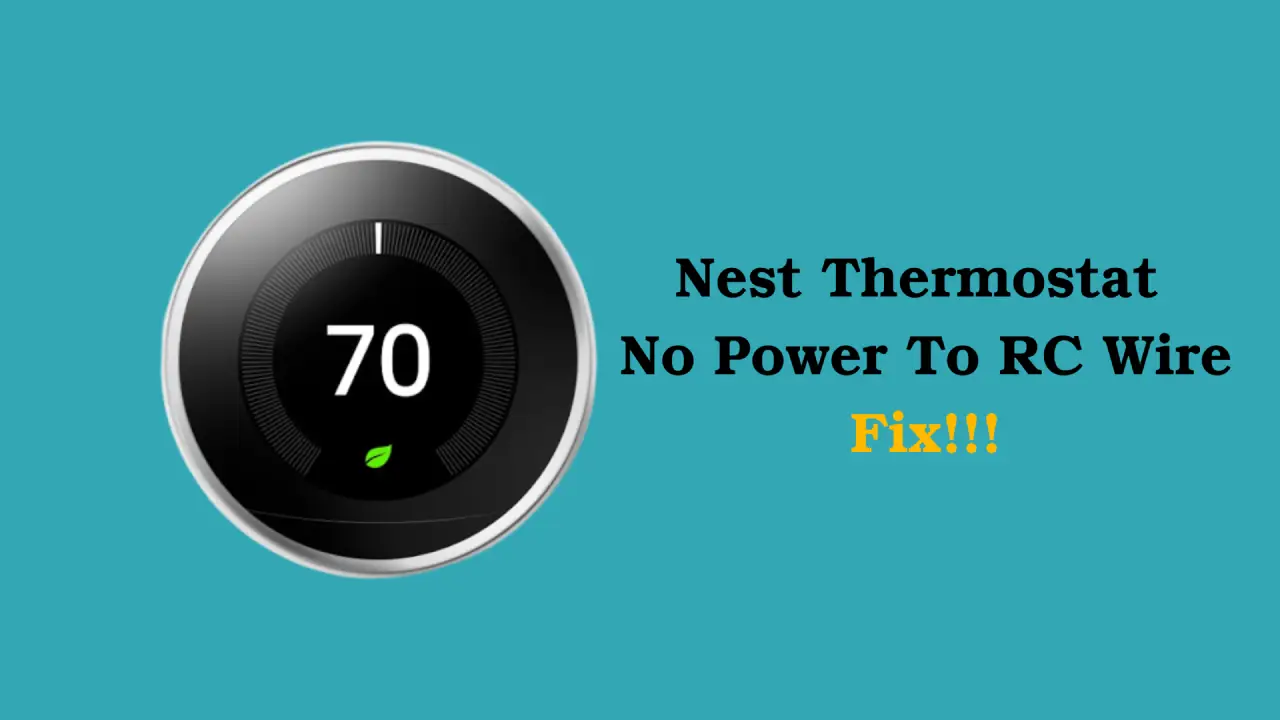
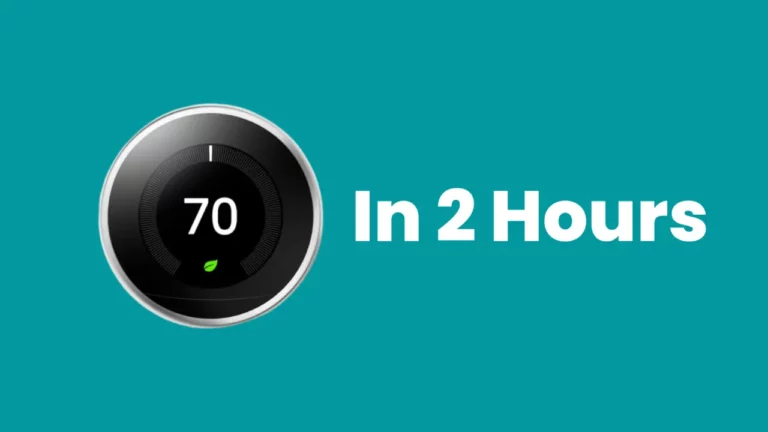
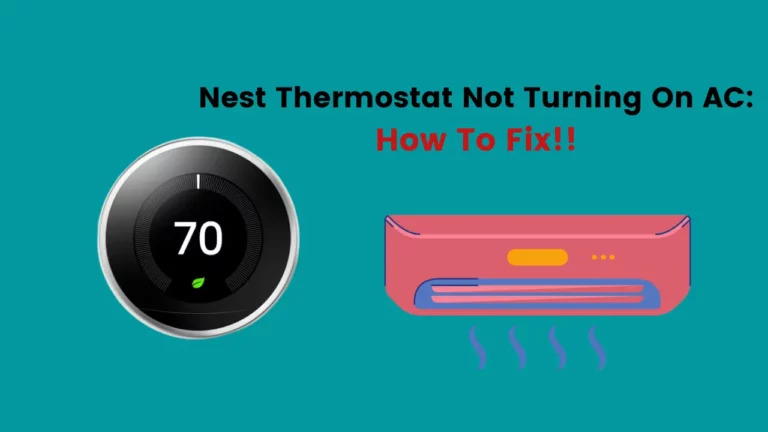
![Nest Thermostat Not Cooling [Solved 100%]](https://howtl.com/wp-content/uploads/2022/07/Nest-Thermostat-not-Cooling-768x432.webp)
